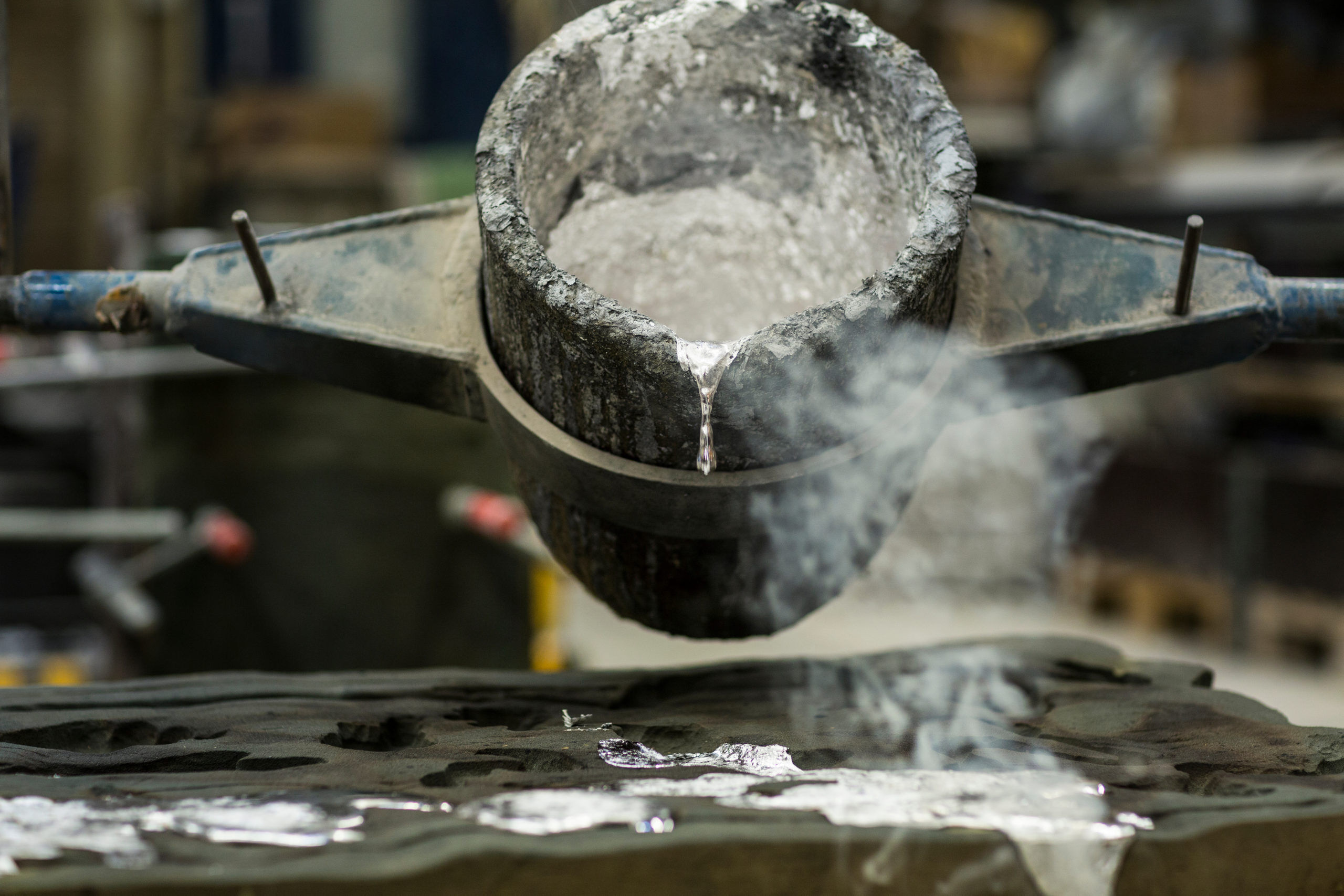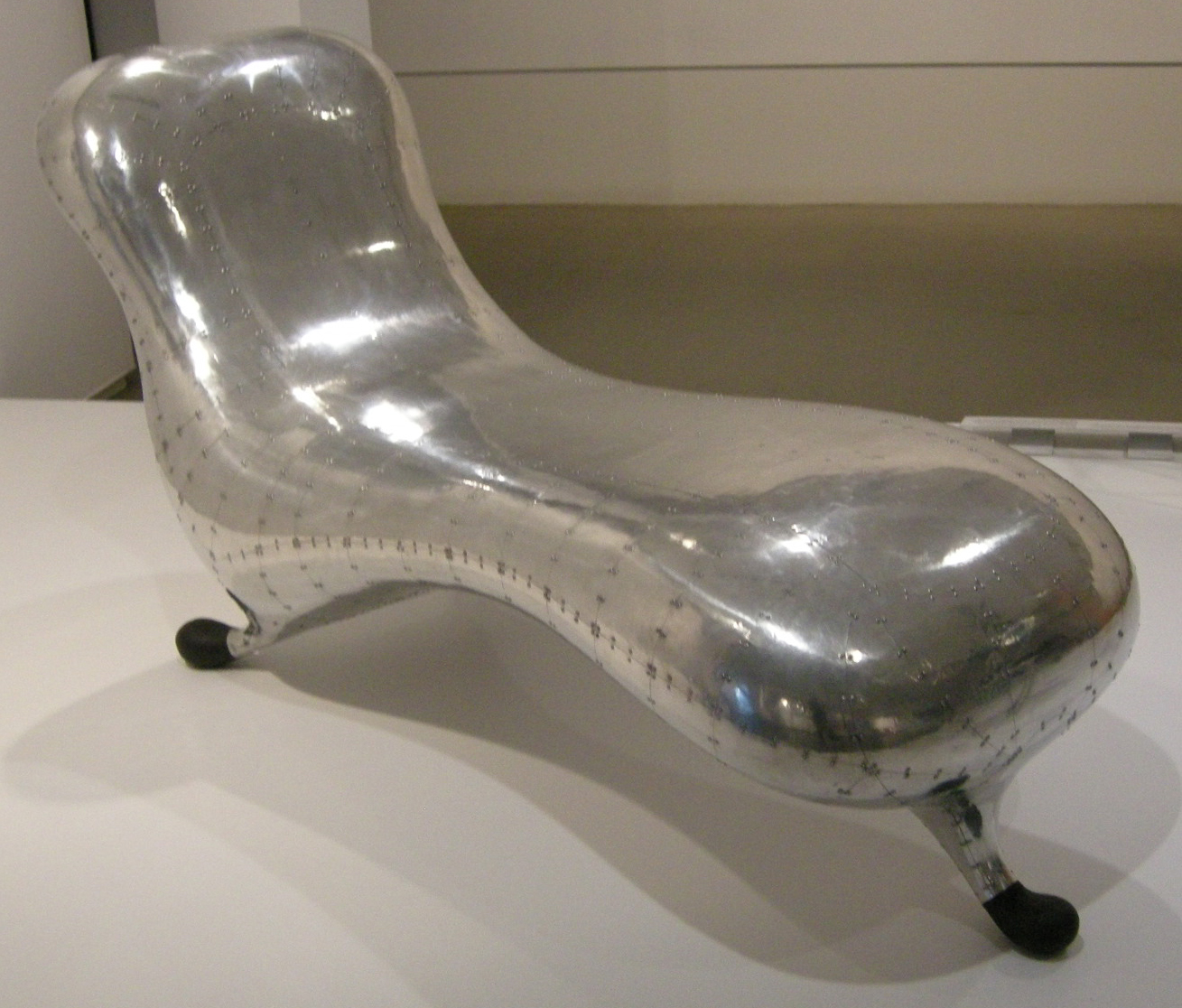Aluminum is one of the most common metals in use today. I’m not just talking about the widespread use of aluminum in everyday items, such as beverage cans, computers, golf clubs and car rims. Aluminum is the third most common element found in the Earth’s crust. With that in mind, it should be no surprise that aluminum is a relatively cheap and plentiful material that can be found in any industry you can name.

This wasn’t always the case. Compared to other metals that are less abundant, aluminum was discovered much later. The process of extracting aluminum and putting it into a usable form took many more years to perfect. The history of aluminum is quite extraordinary.
There was once a time when aluminum was much more expensive than gold or silver. After learning about its interesting backstory and development, you will almost certainly view aluminum in a whole new light.
What are the precious metals?
Once aluminum was discovered and isolated by scientists in the mid-1800’s, it was still exceedingly rare; so rare that it was deemed one of the precious metals and was extremely valuable.
A precious metal is defined as a scarce, naturally occurring metallic element that has a high economic value. At the chemical level, precious metals are less reactive than other elements and tend to be ductile with a high luster. One reason they became known as precious metals was because they were used in the making of currency. These days, while coins tend to be made from more durable alloys, precious metals are now viewed as investment commodities.
The most common of the precious metals are gold, silver and platinum. While they have certain industrial uses, they are more likely to be found in artistic and decorative pursuits such as jewelry.
Included in the group of precious metals is what is known as the platinum group. In addition to platinum, these lesser-known metals are ruthenium, rhodium, palladium, osmium and iridium. They are exceedingly rare and the demand for them stems from their commodification.
So why was aluminum once among these metals?
The answer to this question is a simple one. Aluminum was so rare, scarcer than gold, that it was highly valuable. One story that illustrates this concerns the Roman emperor Tiberius. When he was gifted a plate made of a silvery-white metal that he had ever seen before, he was so shocked that he ordered the smith who had crafted it to be executed. This was because he feared that if people learned of this new wonder metal, it would drive down the price of his gold and silver reserves.
Another example of aluminum’s reputation as a precious metal involves King Christian of Denmark, whose crown was made of aluminum. Napoleon III ate dinner with utensils made of aluminum rather than silver. Even in the 1880s, the Washington Monument was built with an aluminum capstone when the metal still cost roughly the same as gold.
This was because pure aluminum was much rarer than silver and gold. While the other precious metals were not very reactive, aluminum was just the opposite; it was highly reactive and pure aluminum is therefore hard to find. Aluminum ores such as alum and bauxite were extremely common, but scientists were unable to reduce them down to elemental ingredients.
It took many years and a great deal of effort for metallurgists to isolate aluminum, and even longer to develop an economically feasible process for extracting it for commercial purposes. In the mid 1850’s the annual production of aluminum in the United States was less than 93 kilograms, while gold production was more than 90,000 kg per year.
How scientists made the aluminum revolution possible
When Friedrich Wöhler first isolated pure aluminum in 1845, the race to find a commercially viable method of extracting aluminum began. It would take five decades before this would take place. Two different scientists, Paul Héroult and Charles Martin Hall, would independently come up with a similar process at approximately the same time. We now refer to their discovery as the Hall–Héroult process.
First, alumina, an aluminum ore, must be smelted in a reduction pot lined with carbon. The alumina dissolves into molten cryolite, creating an electrolyte solution through which a direct current is passed at high temperatures. This breaks the bonds between the aluminum and oxygen atoms. The oxygen becomes bonded with the carbon in the reduction pot, and the remaining molten metal is pure aluminum.
The next development that helped lead to aluminum’s commercialization was the Bayer process. One of the most common aluminum ores was bauxite (much more readily available than alumina), and a method for converting it into alumina was the final piece of the puzzle that scientists needed.
In this process, bauxite is crushed and ground with caustic soda, resulting in a slurry. This gets put into a pressure vessel and heated to create a sodium aluminate solution. After several hours, the solution is processed through several flash tanks until it comes to a stop in a settling tank, allowing any impurities to be separated. The next tank is for precipitation, and the remaining alumina hydrate gets heated again to remove the water molecules, leaving only pure alumina, which is now ready for the Hall–Héroult process already described.
Your Trusted Services Professional
Thanks to the hard work of many different scientists and engineers over the course of many years, aluminum was no longer a precious metal by the early 20th century. It was far too prevalent; but this isn’t to say that aluminum was no longer valuable. Instead of being a rare commodity, it became a key component in a new industrial revolution.
Today, aluminum is readily available, and there are scores of alloys to choose from. That’s why you need to work with an experienced metal supplier who understands the various options and which alloy works best for a certain application. At Clinton Aluminum, our team of sales professionals is committed to working with our customers through every step of their procurement process.
Contact one of our friendly and knowledgeable customer service representatives today to learn more.